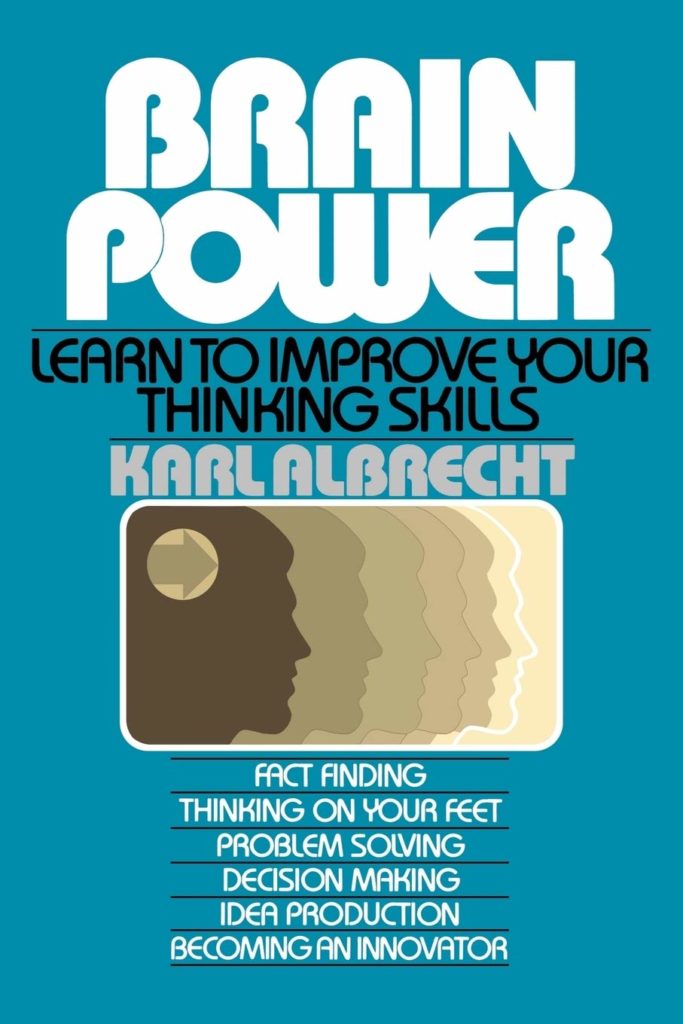It happens a lot. When we face a more or less difficult problem we always start to doubt ourselves thinking that it will be very difficult to find the solution, the great contribution of lateral thinking is its simplicity, originality and creativity. And remember: the first thing we need Must be clarified that everything, absolutely everything, is easier than we think.
Perhaps one of the main mistakes we tend to make is abusing so-called linear thinking, that is, a thought that uses logic in an express and one-way sense in search of a single conclusion. On the other hand, lateral thinking is free and imaginative, and with it you can count on infinite means to obtain one or even several solutions.
- The so-called “side thinking.
- ” or lateral thinking.
- Was named after Edward de Bono.
- An Oxford psychologist who wanted to introduce a new way to solve problems and face challenges.
- A perspective that allows us to move everywhere and not just in a straight line.
- Which allows us to be provocative and enter in less obvious ways.
- Stimulating our minds and learning in the same process.
The importance of lateral thinking has gained a significant weight in the field of social and individual psychology, in particular, it is appreciated that people can be original in their reasoning, moving away from the ordinary or expected, to achieve this freedom and originality in our daily reasoning, we can use the following techniques:
Random Ideas: A fundamental element of lateral thinking is to keep an open mind, that is, not stick to a specific option, in addition, it would be advisable that, in order to find solutions to our problems, we think of new ideas and random choices, however strange or discordant they may seem.
2. Using analogies: analogies are used to compare ideas that apparently have nothing to do with each other. The goal is to move away from stereotypes, what is expected or what is framed. Think of the famous drawing of the play “The Little Prince”. Is it a snake that swallowed an elephant, is it an elephant under a hat?
3. Investment method: a risky technique, no doubt, when we have a problem or a challenge to solve, what if we look at it the other way around ?, when we dissect a problem new paths that we did not expect may appear. the opposite of what we have preset can bring us innovative perspectives that not everyone can see.
4. Splitting or splitting: the purpose of this proposal is to subdivide the problem into smaller parts to see the challenge more broadly, with each of your options. Mental blockages usually appear when we see only part of the challenge or problem, however, each act is composed of small elements that we must take into account.
So that we can put these ideas into practice, let’s look at some small riddles that involve “side thinking”. Try to think about it by applying the strategies we recommended earlier. You’ll see that these are seemingly simple challenges, but the question will surely confuse you. Remember first the most important principle of lateral thinking: everything is much easier than we think.
Puzzle 1. There are six eggs in a basket. Six people receive one egg each, how is it possible that in the end there is still an egg left in the basket?
Enigma 2. ? Grandma was having breakfast and unintentionally her glasses fall into the cup of coffee, when he pulls them out of the cup she realizes they’re not wet, how is it possible?
Enigma 3. How is it possible to pierce a bladder without the air escaping and the bladder making noise?
Puzzle 4: There are three elephants swimming in a five-foot-deep tank. How do you think they’ll get out of the water when they’re done?
solutions
Puzzle 1: The last person received the basket with the egg still inside. Riddle 2: It was not liquid coffee, but dust. The coffee wasn’t ready yet. Puzzle 3: The bladder is empty. Puzzle 4: Wet

